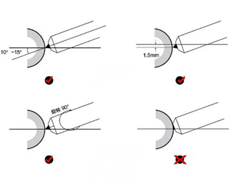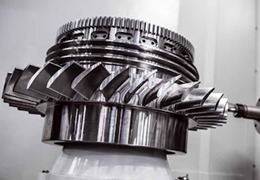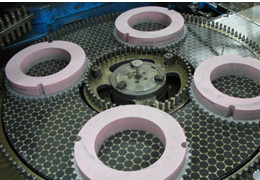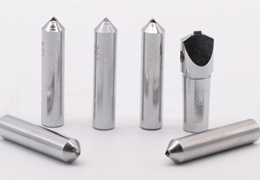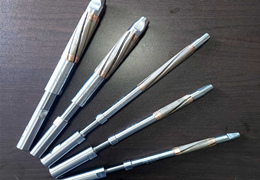During the machining of magnet workpieces, there are a number of considerations that need to be taken into account to ensure the smooth running of the job and the quality of the final product. The following are some common considerations:
1. Tool selection: When machining magnet workpieces, it is very important to choose the right tool. Magnets are usually materials with high hardness and brittleness, so it is necessary to select tools suitable for cutting such materials.
2. Drilling and milling process: Drilling and milling are common machining operations for magnet workpieces. When performing these operations, it is important to use appropriate tool cutting speeds and feed rates to avoid generating excessive heat and vibration that could damage the magnet.
3. Prevent magnetic field interference: Magnets are magnetic materials that may interfere with the magnetic field during machining. When machining magnet workpieces, some precautions need to be taken, such as the use of non-magnetic fixtures and fixtures to reduce magnetic field interference.
4. Reduce thermal effects: Heat may be generated during machining and magnets are sensitive to temperature. To avoid overheating, you can use cutting fluid or coolant to cool the workpiece and tool, and control the cutting speed to minimize the thermal impact on the magnet.
5. Avoid mechanical shock: When machining magnet workpieces, avoid excessive mechanical shock to avoid damaging the structure of the magnet. In the operation process, we should pay attention to controlling the cutting speed and feed rate to avoid excessive cutting pressure and vibration.
Please note that specific machining procedures and precautions may vary depending on the magnet material, process and equipment. It is best to consult a professional or refer to the relevant machining guide before machining magnet workpieces.
When machining magnet workpieces, some common grinding equipment can be used to cut and finish magnets.
Below are a few commonly used grinders:
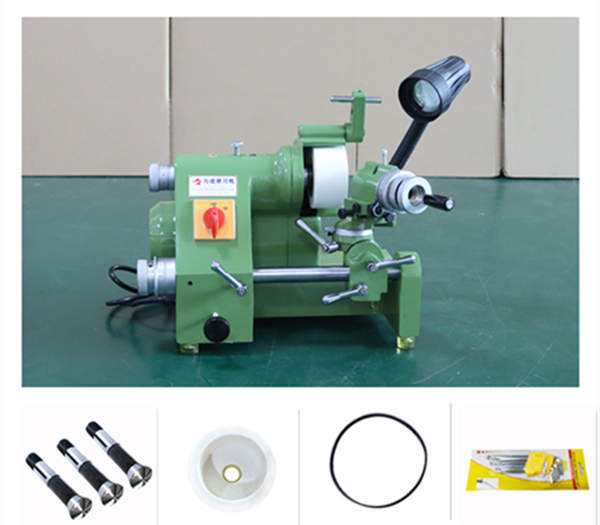 Surface Grinder:
Surface Grinder: Surface grinders can be used to cut magnet workpieces into flat surfaces. Different shapes and sizes can be achieved by adjusting the position of the grinding wheels and table.
Cylindrical Grinding Machines: Cylindrical grinding machines can be used to machine the outside diameter, inside diameter and center hole of magnet workpieces. Using a rotating grinding wheel and table, magnet workpieces can be made with the required roundness and surface accuracy.
Internal Grinding Machines: Internal grinding machines are used to machine the internal bores of magnet workpieces such as bearing housings and sleeves. Internal grinders with high accuracy and repeatability are used to machine demanding bores.
Wire Cutting Machines: Wire Cutting Machines use metal wire to cut magnet workpieces, allowing for high precision and complex shapes.
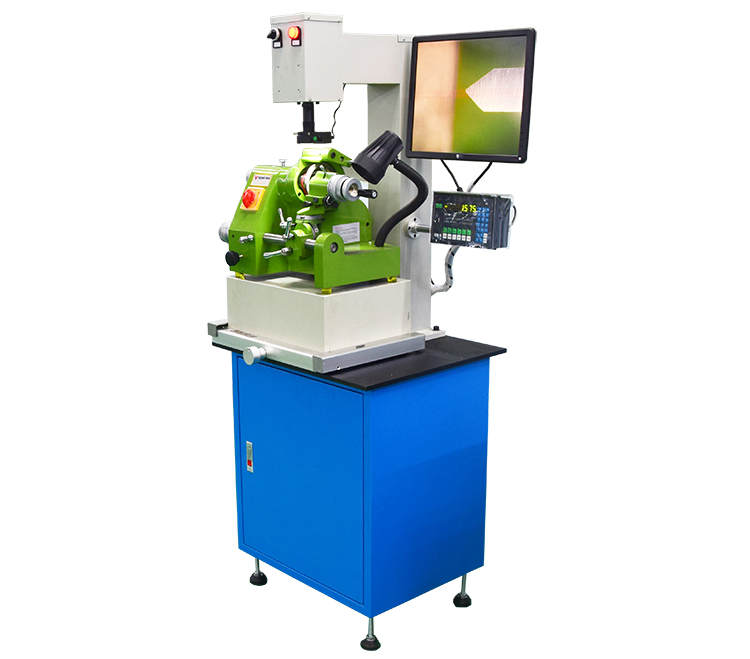
These are just some of the common types of grinders that can be used to machine magnet workpieces. In reality, the exact choice of grinder to use depends on the shape, size and requirements of the magnet workpiece, as well as the availability and limitations of the machining equipment. Before choosing a grinder, consider consulting with a machining professional and refer to machining guides or manufacturer's recommendations.



